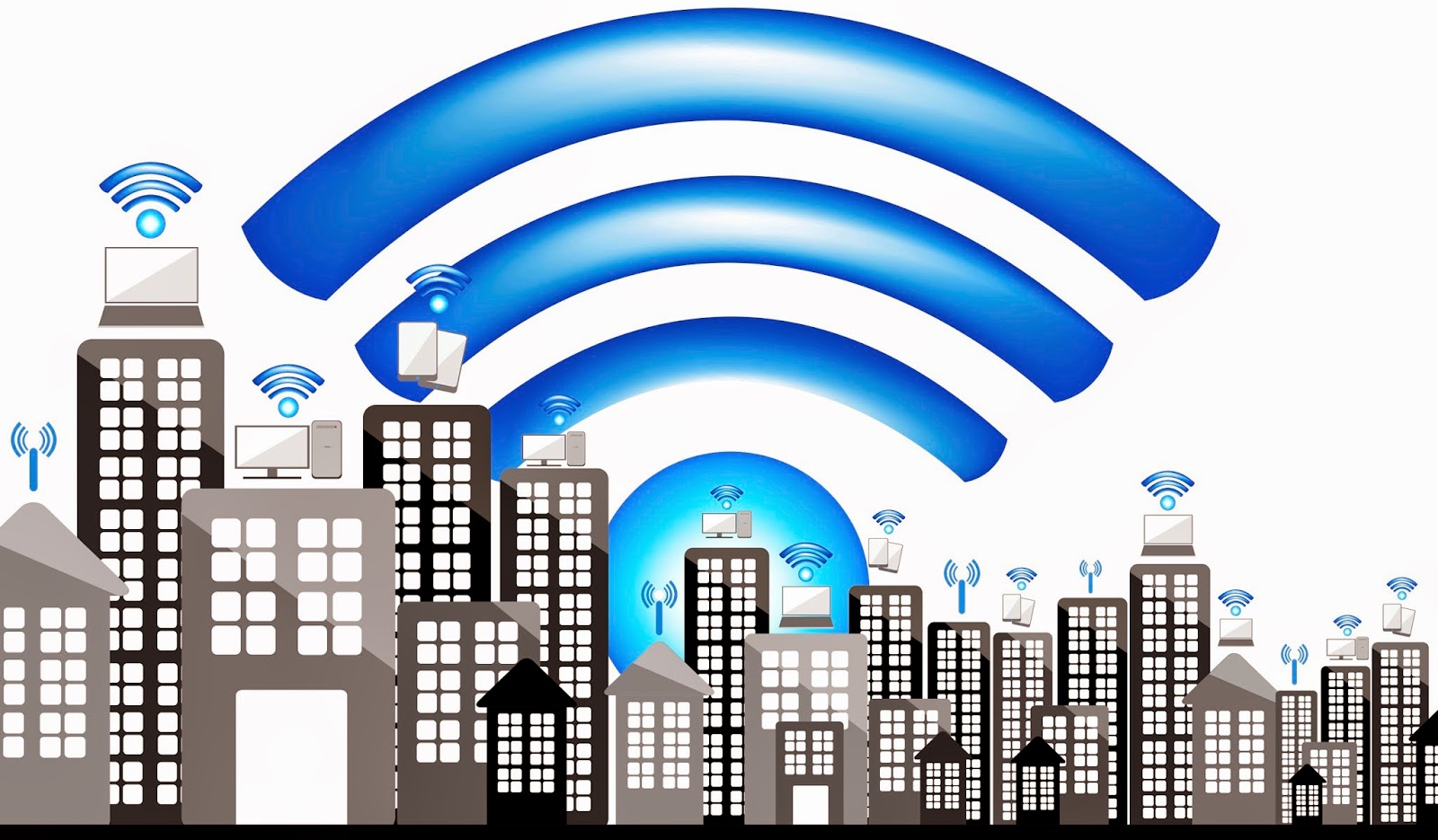Benefits of a Hosted Wi-Fi Hotspot Portal
The overall
benefit or goal of hosting a Wi-Fi hotspot at your location is being
able to offer high-speed wireless Internet access for your customers. In
addition to satisfying the needs of connectivity for your customers and
visitors, you and your staff can take advantage of having a powerful
media channel to reach out to your customers.
Other benefits of hosting a public Wi-Fi hotspot include:
- Attract people to your location
- Generate additional revenue
- Create a private network for your own use
- Attract People to Your Location
Hosting
a Wi-Fi hotspot, in any type of business, should attract new people to
your location and entice them to return and stay longer. For retail
stores such as cafés and bookstores, this access helps fill empty seats.
For businesses such as hotels, having Wi-Fi Internet access available
for guests might be essential to prevent losing potential customers. If
you are in a transportation business like buses, taxis, trains or other
mobile operations having public WiFi available for you passengers is an
important part of your business.
Customers find WiFi hotspots in many ways, including these:
- Online directories
- Software directories
- Display signs
- Wi-Fi finders
- Laptop/PDAs
The
best way to attract users to your hotspot is to display signs
advertising that you have a hotspot at your location. These signs could
simply say "Wi-Fi Hotspot Here" or "Wireless Internet Access Available."
How do you control access and brand your WiFi Hotspots?
Each
WiFi Hotspot comes with a custom home page (portal) hosted in our
datacenter - which all users see when they open their web browser, and a
thank-you web page - which customers will see after they successfully
log in.
How Does it work?
When a user first
brings up their web browser they attempt to reach some particular web
page, typically their home page. The user's computer issues a DNS
("Domain Name Service") request to lookup the IP address of the
specified domain. The Access Controller "re-directs" the user's session
and returns the IP address of the login page on the our Captured Portal /
WiFi Access Portal server. No matter what domain a user tries to go to
they will be returned to the captured portal access page until the agree
to terms and setup there access account.
Why not sell advertising space on these pages to local or national businesses?
Lock
Media provides end to end products and services to turn your facility,
bus, train, or other fixed or mobil locations into a WiFi hotspot for
public wireless internet access. We take care of the end-to-end process
of creating, maintaining and profiting from your WiFi hotspot. Starting
with a WiFi Gateway, we can support all WiFi-enabled Laptop and PDA
users. Our WiFi Gateways come complete with user authentication,
subscriber billing, credit card and Prepaid Card processing, portal
access branding and more!
No technical experience is required - We manage it all for you!
You
can add computers or laptops, Security appliances like firewalls and
content filtering solutions, Kiosk Management software, WiFi Access
Points, Bridges and Repeaters, High Gain Antennas, High Power laptop
wireless kit and other WiFi solutions to expand your offering
Public WiFi Access Portal - Branded to Your Company Image
FREE
Public WiFi, also called Hotspots are a convenient, easy way for your
customers to use broadband internet access that is branded and
controlled by your companies own messaging and terms. Using wireless
technology (Wi-Fi), your customers and guests can access the internet at
any of your locations. WiFi hotspots are showing up in an increasing
number of places such as cafés, hotels, restaurants and retail centers
around the world. And now we even have solutions for offering In-Vehicle
WiFi for buses, taxi cars, trains and any other situations that
requires a mobile internet connection.
The User Experience
- Your
customers will connect to the Wi-Fi signal, launch their web browser,
and see your companies "Welcome Page" that asks them to log onto your
Wi-Fi network by accepting the Terms of Service (TOS). This is your
first opportunity to brand you WiFi Hotspot to your corporate image and
offer additional information and specials offers.
- We
then have the ability to asked them to watch a short Sponsored
advertisement that you can control or message in return for receiving
FREE Internet access.
- At
the end of this introductory message, the users will be redirected to
your "Landing Page", which will be their actual gateway to the Internet.
- After
the session ends, they will be disconnected from the Wi-Fi and asked to
log in and be directed to another messaging area in order to continue.
They are free to repeat this process as many times as they like.












.jpg)



